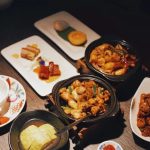Friends, Happy New Year! Today is also a day to think about where to travel after the New Year. China is so vast that while some are lamenting the fading festive atmosphere, others can celebrate from the first day of the lunar new year all the way until the fifteenth.
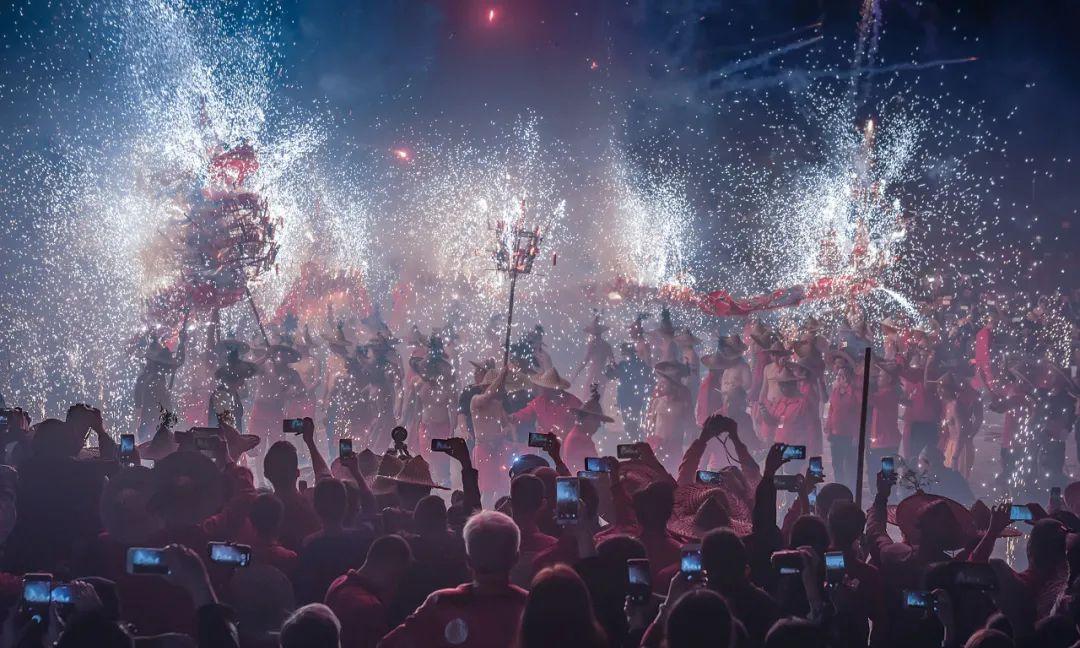
Take Chaoshan, for instance, which is renowned for its lively atmosphere and rich festive spirit. Every year, I want to come here. Today, I want to focus on a travel destination and recommend Puning, a small town in Chaoshan that can ramp up the New Year’s vibe to the fullest.
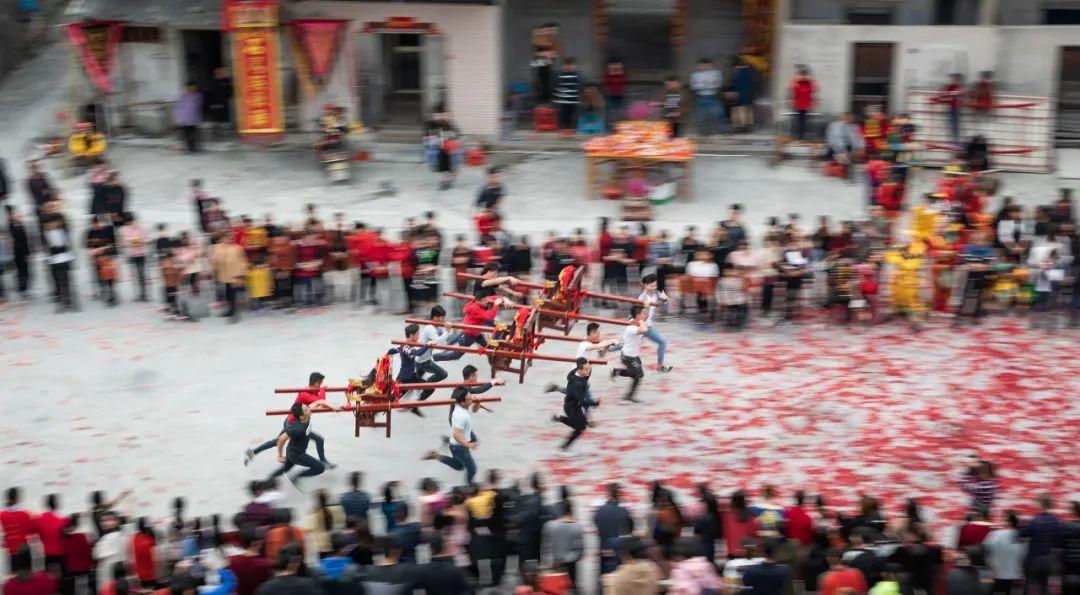
During the Spring Festival, there’s an abundance of festivities to enjoy in Puning. From the first to the fifteenth day of the lunar new year, there are various traditional activities such as Yingge dance, the Yingle ceremony, the Da Changlong lantern celebration, and fire jumping, among others, all of which showcase exciting local customs that I have never encountered before.
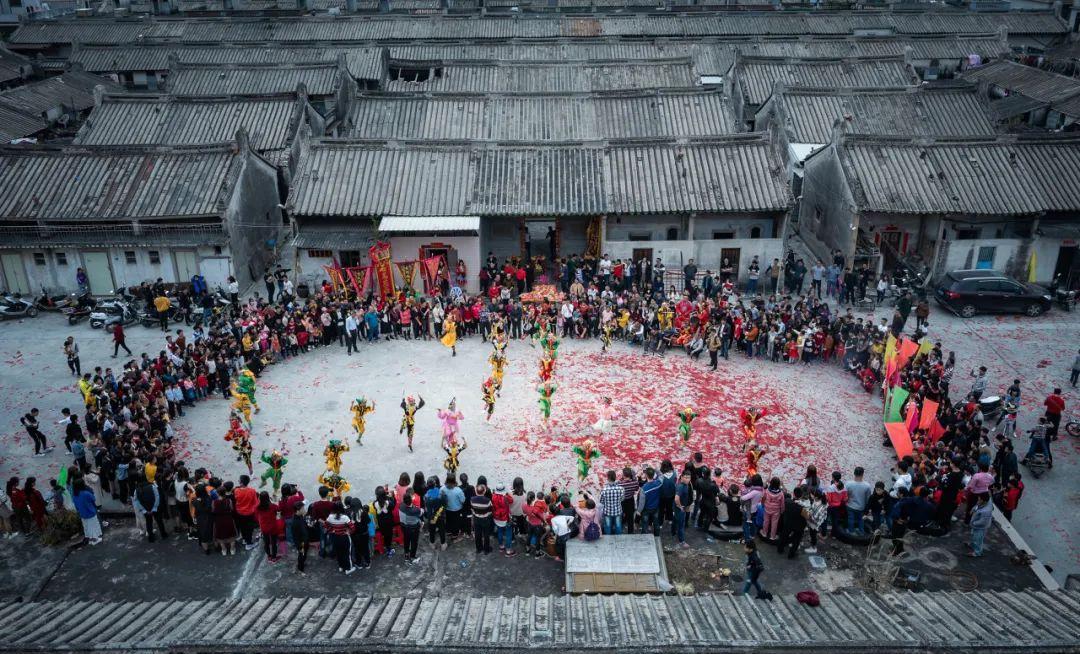
Take the Puning Yingge dance as an example—last year it gained widespread popularity, and as “Chinese war dance,” the performances were exceptionally energetic and spectacular. When the new year arrives, who wouldn’t want to join in this boundless excitement?
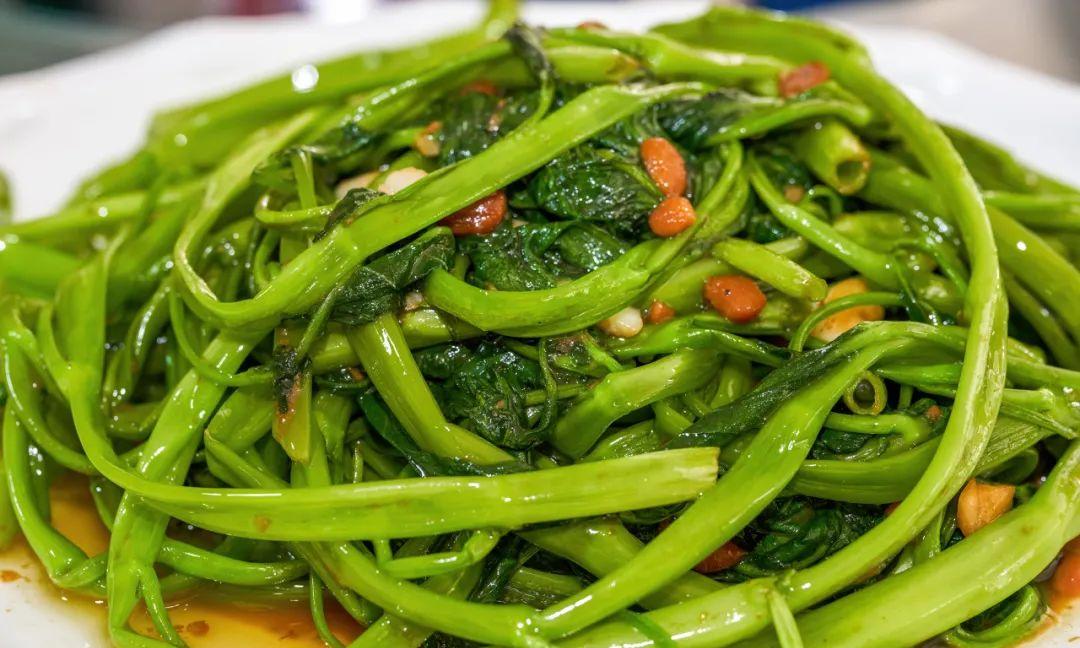
For food lovers, Puning in Chaoshan is also famous for its delicious cuisine. The Puning bean sauce, which is the soul of the Chaoshan dining table, comes from Hongyang Town in Puning. This small town spans 66 square kilometers and holds the secrets of fresh food enjoyed by over 14 million people in Chaoshan.

In terms of tofu, the fried tofu in Puning elevates this common ingredient to a new level. The texture is so remarkable that it can rival the renowned “wrapped tofu” from Jianshui in my mind. The nighttime soy milk that Puning locals love opened up a new world of late-night snacks for me, along with a variety of oyster pancakes, steamed rice cakes, and stir-fried rice noodles, all of which are delicious in their own right.
Compared to Shantou and Chaozhou, Puning not only offers great food and entertainment, but also has fewer crowds. So, if you’re looking for a place to wander around recently, you might want to check out this Chaoshan Puning travel guide!
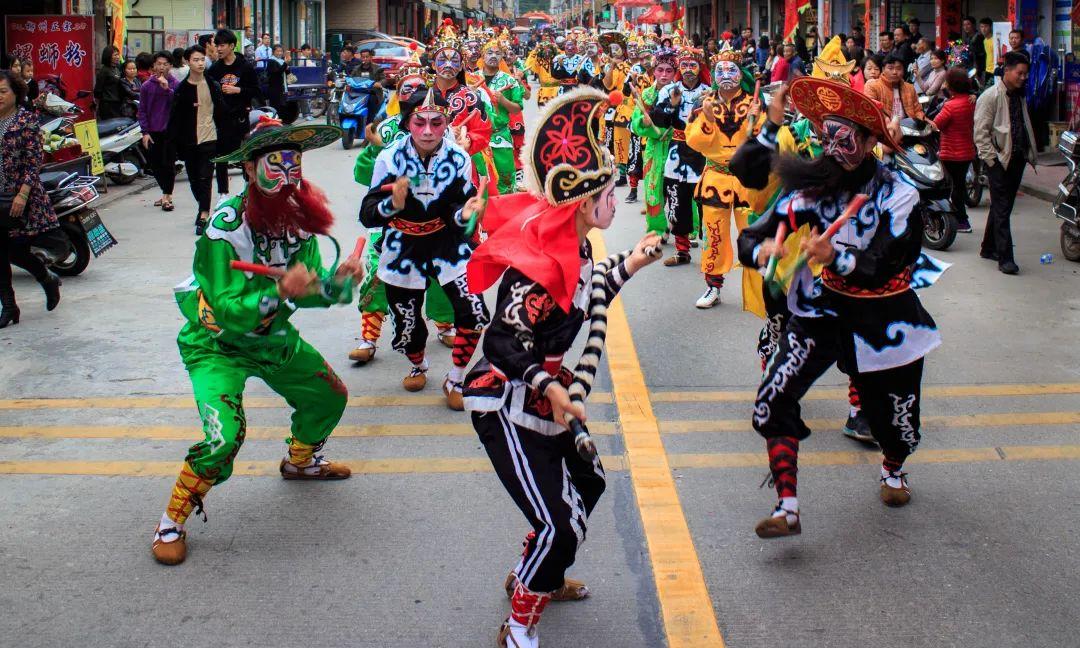
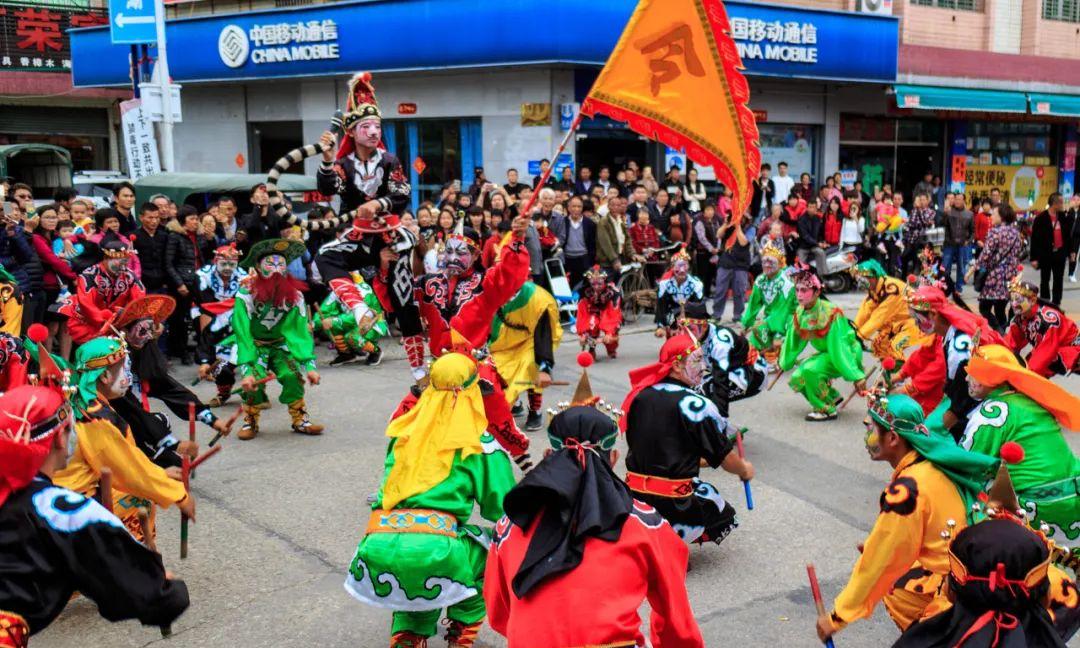
Puning Is a Great Place to Explore
If we’re talking about great destinations for New Year’s outings, Puning undoubtedly works hard to maintain the festive spirit. Recently, if you plan to visit Puning, you should pay attention to these limited-time events for the Spring Festival.
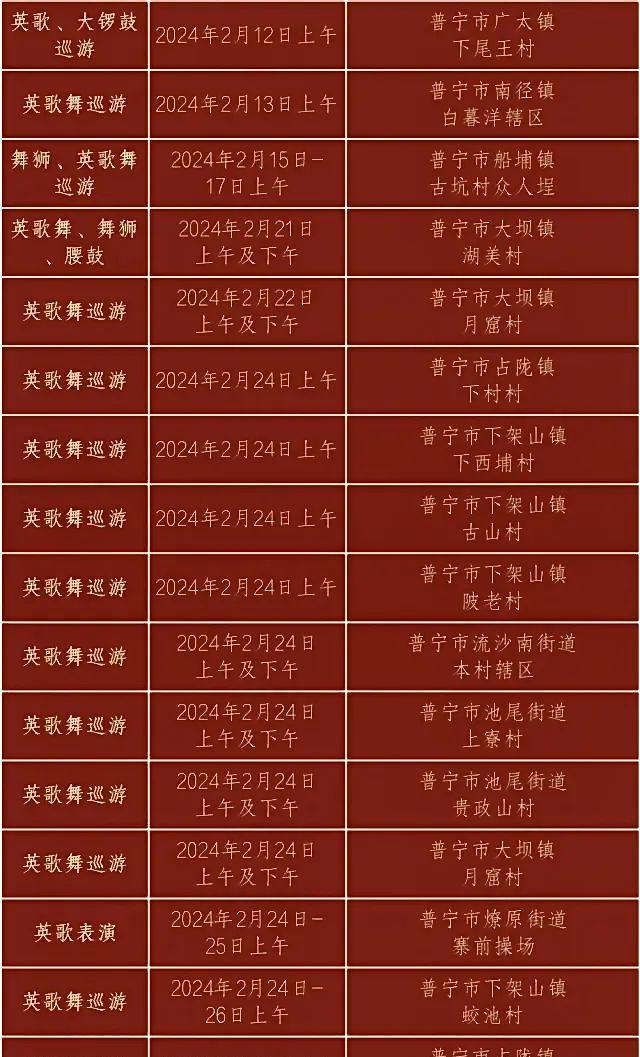
Puning Yingge Dance
“Up north, you have Ansai waist drums; down south, you have Puning Yingge.” When you come to Puning during the Spring Festival, make sure to start by watching a Yingge dance performance. The Yingge has a history of over 300 years. Its movements are powerful and energetic, brimming with masculinity, thus earning it the title of “the most exciting war dance.”
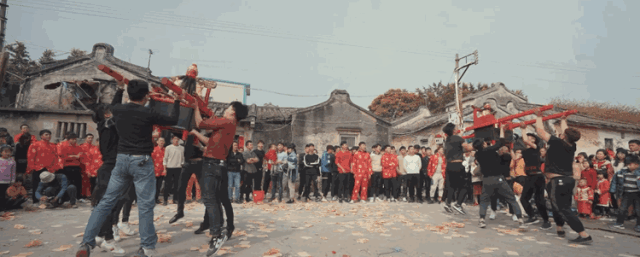
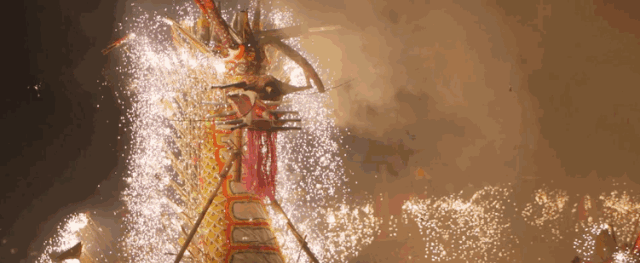
The performances draw inspiration from stories in “Water Margin,” such as the Liangshan heroes who disguise themselves to stir up trouble in Daming Mansion to rescue Lu Junyi, symbolizing the fight against evil and the pursuit of peace and prosperity.
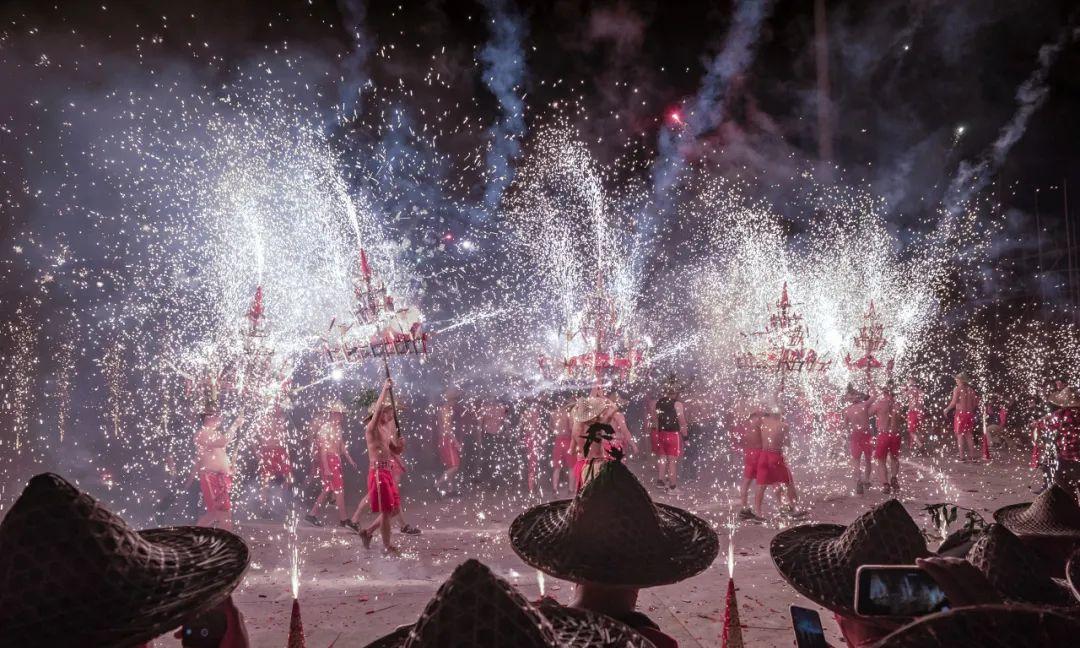
Arranging for the Yingge dance is top priority in Puning every year, and the various towns and villages have already published their performance schedules. I’ve shared the timetable here for you👇
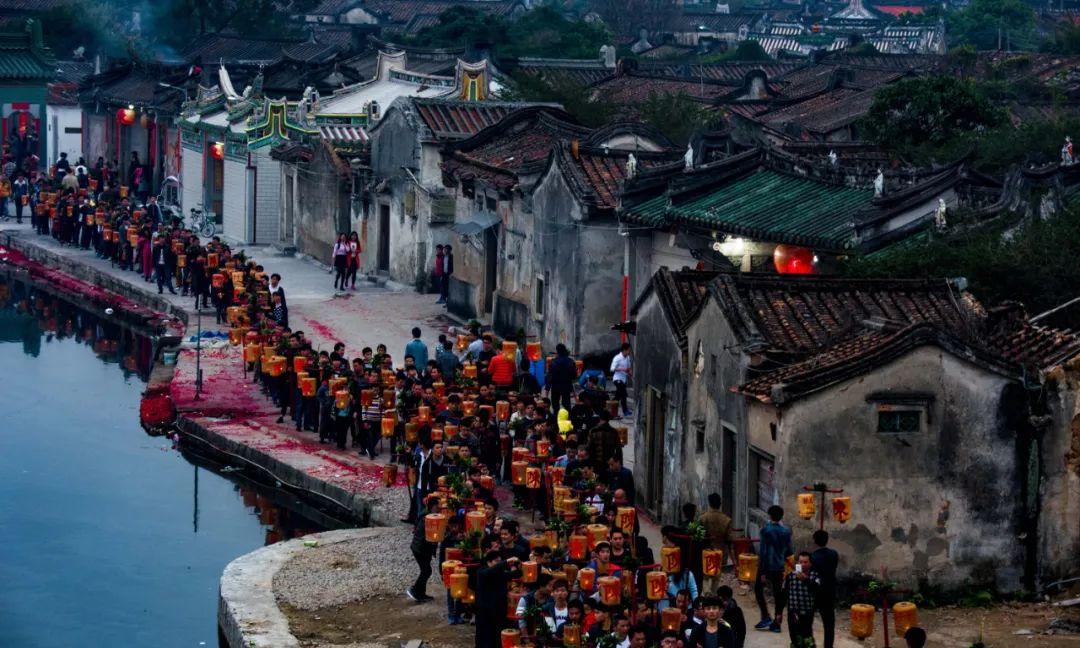
Yingle Ceremony
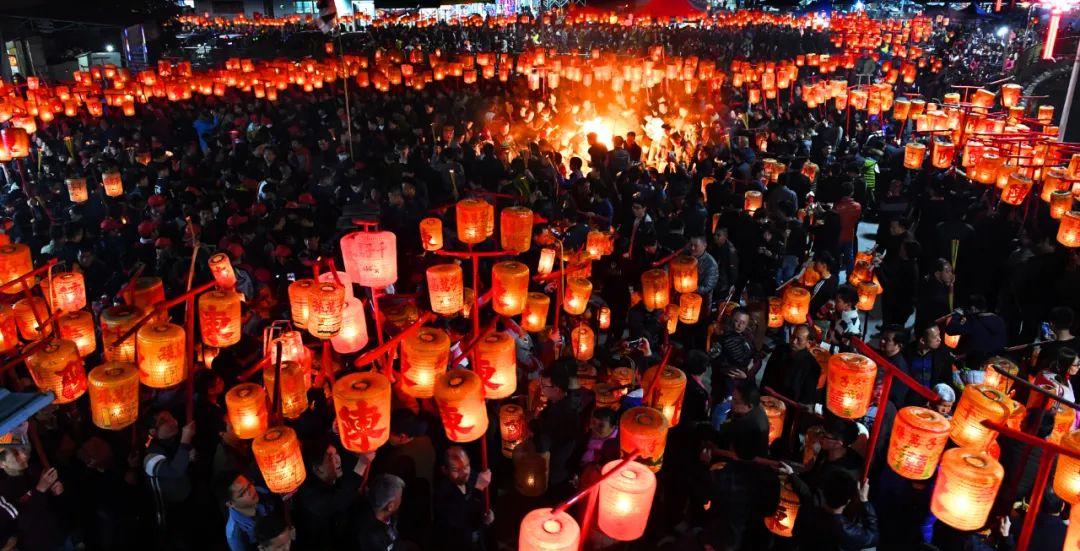
The “Yingle Ceremony” is another lively event prevalent in the Chaoshan region. The term “Yele” often refers to the protective deity of a town or village, someone who has contributed to the community. Therefore, every region in Chaoshan has its own “Yele.” In Chaoshan, “Yele baohao” is a popular catchphrase.
The Yingle ceremony involves people taking the deity’s statue from the temple to parade around the village while performing rituals, followed by bringing it back for safekeeping in the temple. Almost every village in the Chaoshan area holds Yingle ceremonies during the lunar New Year, making it easy to experience them if you’re wandering around nearby.
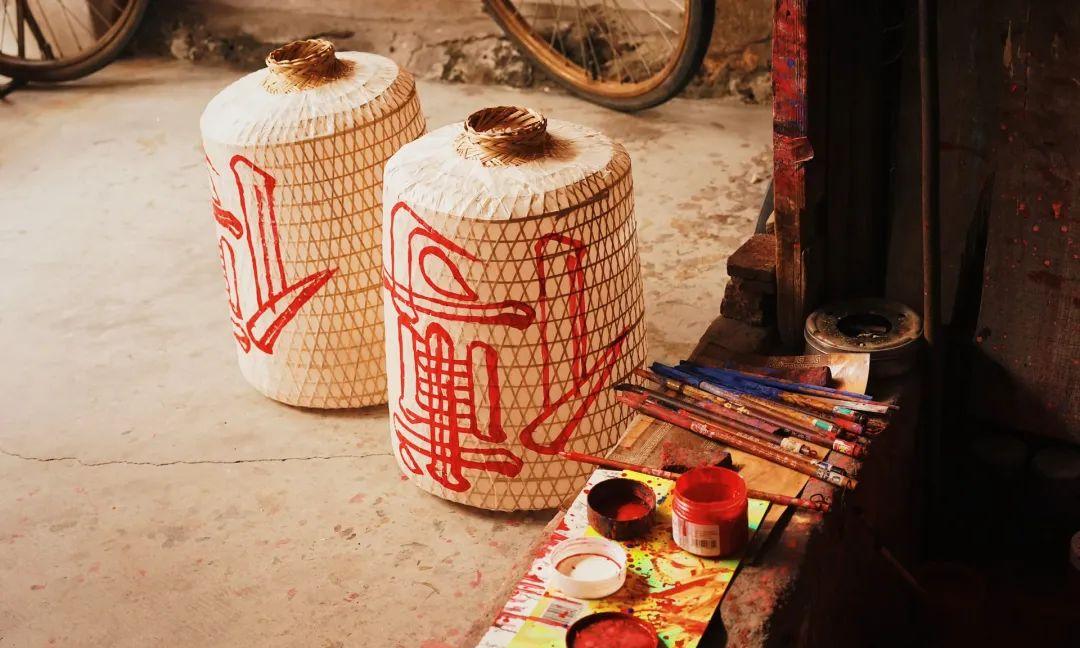
The process also includes activities such as dragon dance, fire tower jumping, and walking through sugarcane alleys, all aimed at driving away misfortune and praying for a prosperous new year.
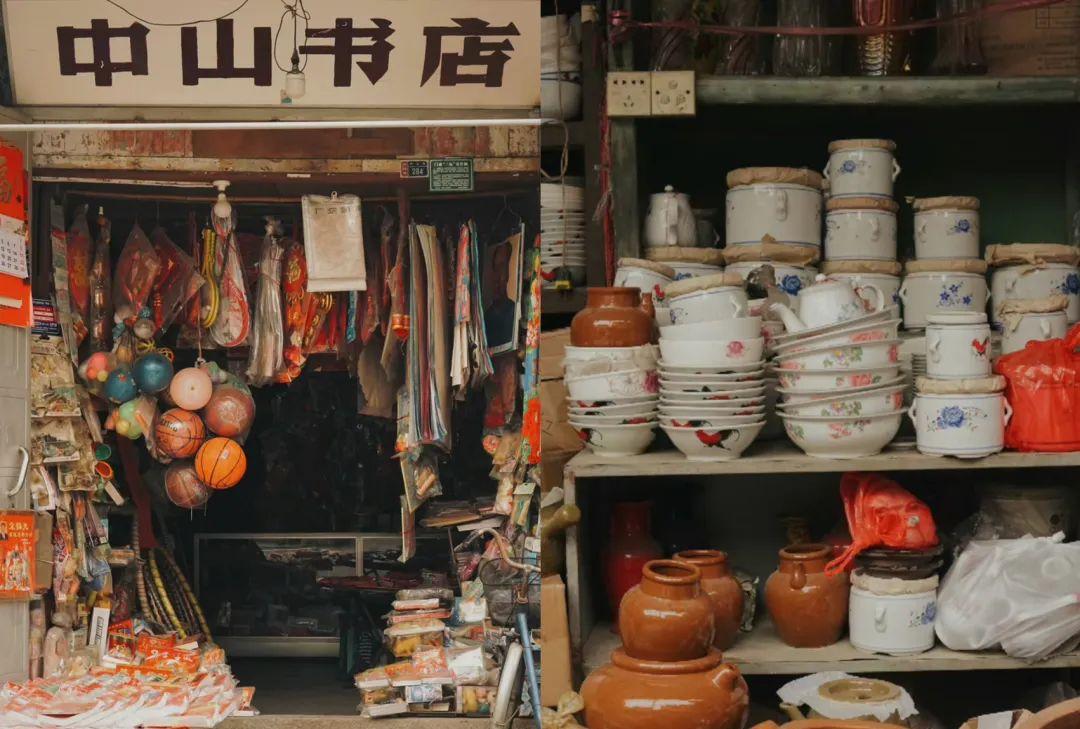
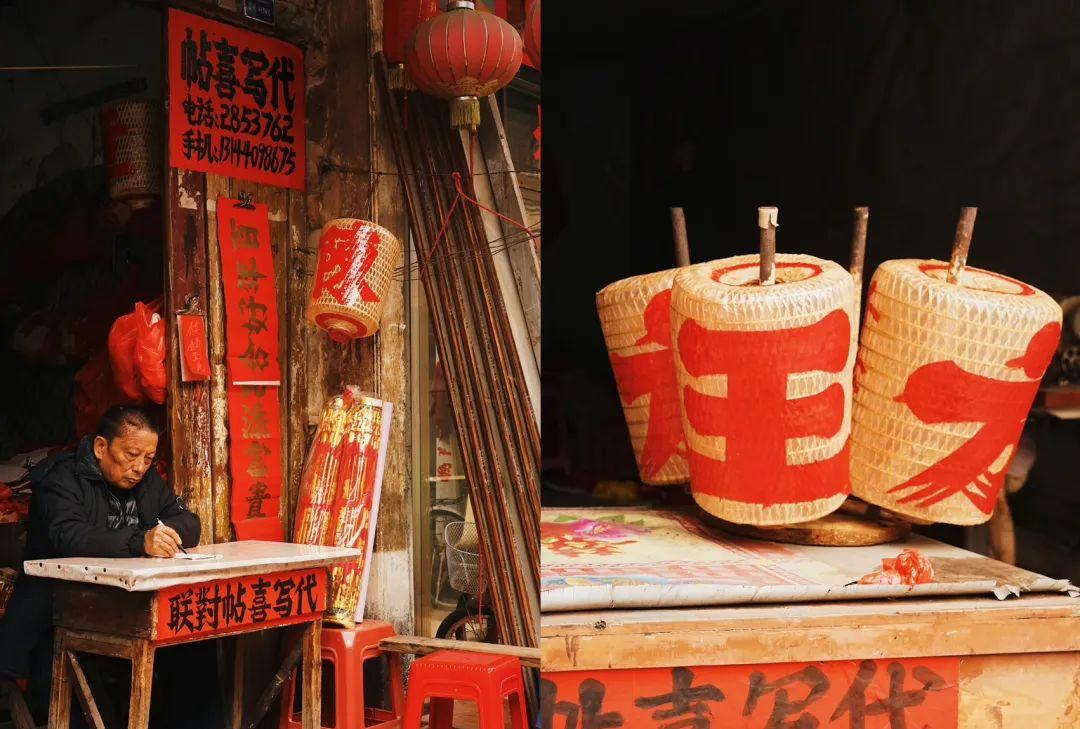
Da Changlong Lantern Celebration
Another event on my Puning travel wish list is to witness the spectacular Da Changlong Lantern Celebration. Every year on the fourteenth and fifteenth days of the lunar month, this event takes place in the Da Changlong Village of Junbu Town in Puning.
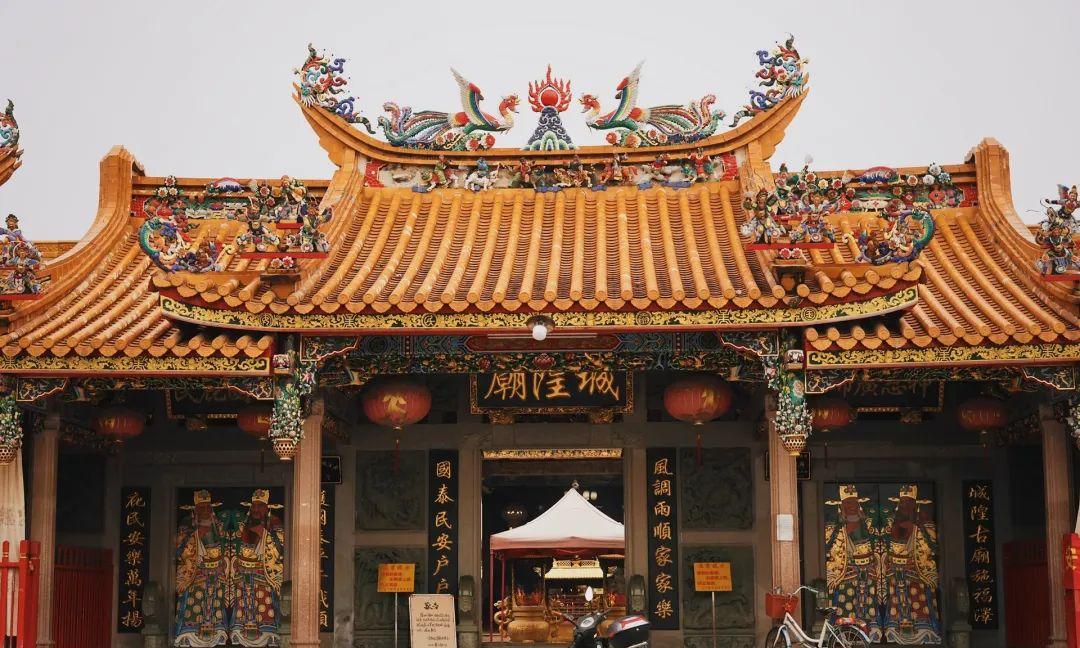
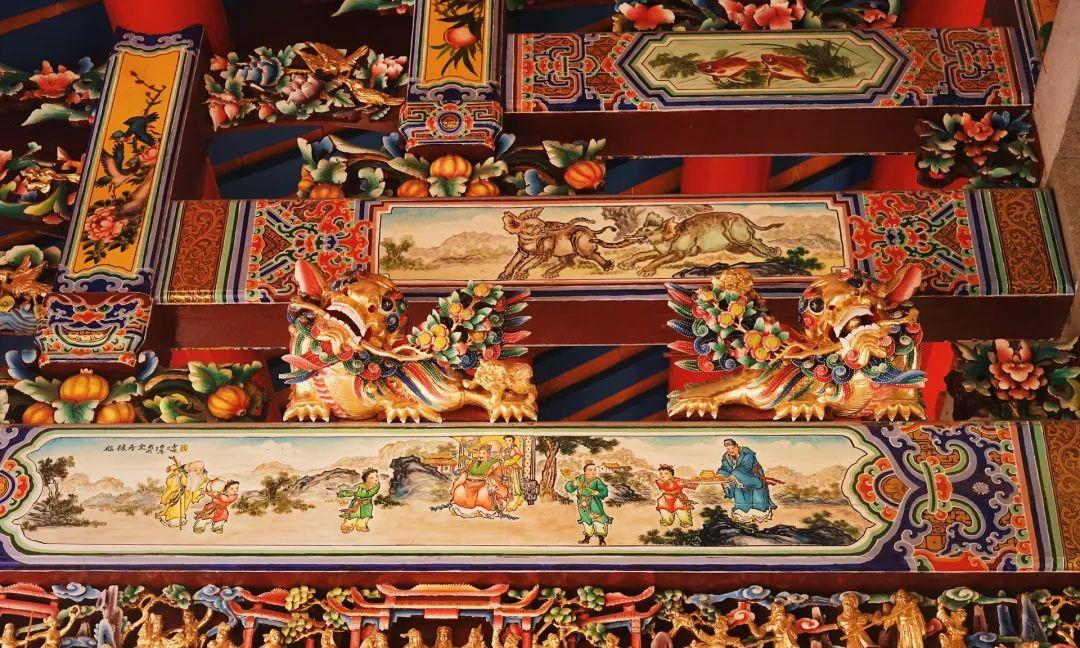
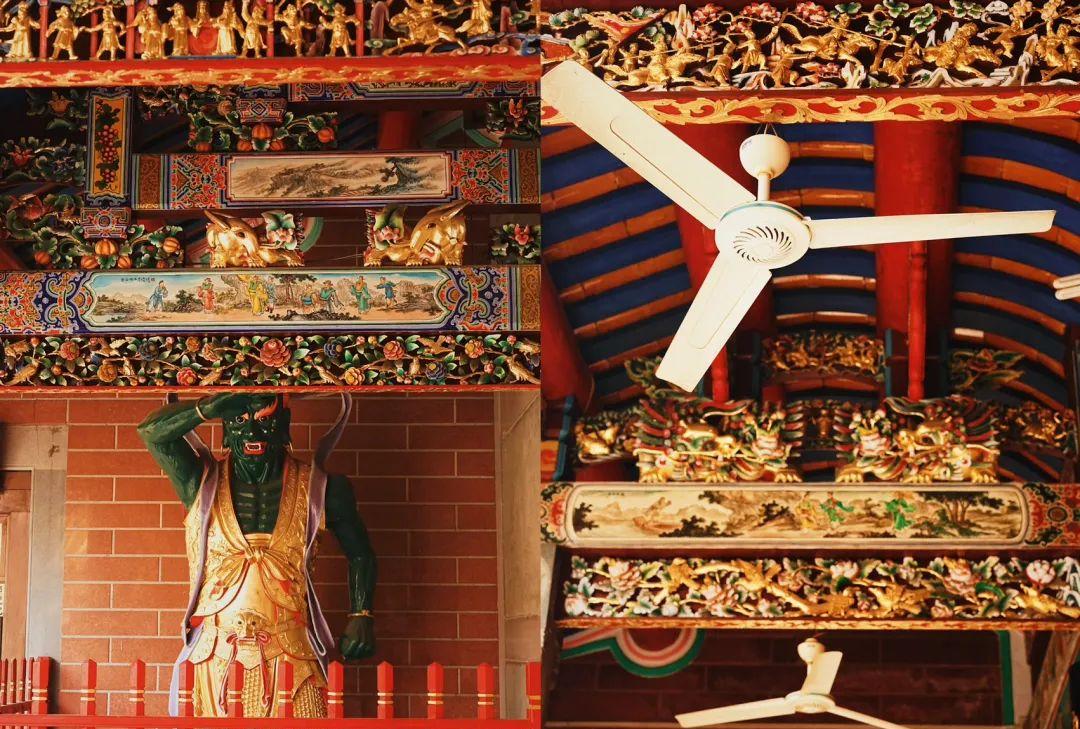
At that time, many participants gather, holding lanterns in a long line, chanting blessings like “Peace and safety in and out” and “Prosperity.” The sight of countless lanterns lighting up the night is exhilarating, creating a scene that can stir up excitement just from looking at photos.
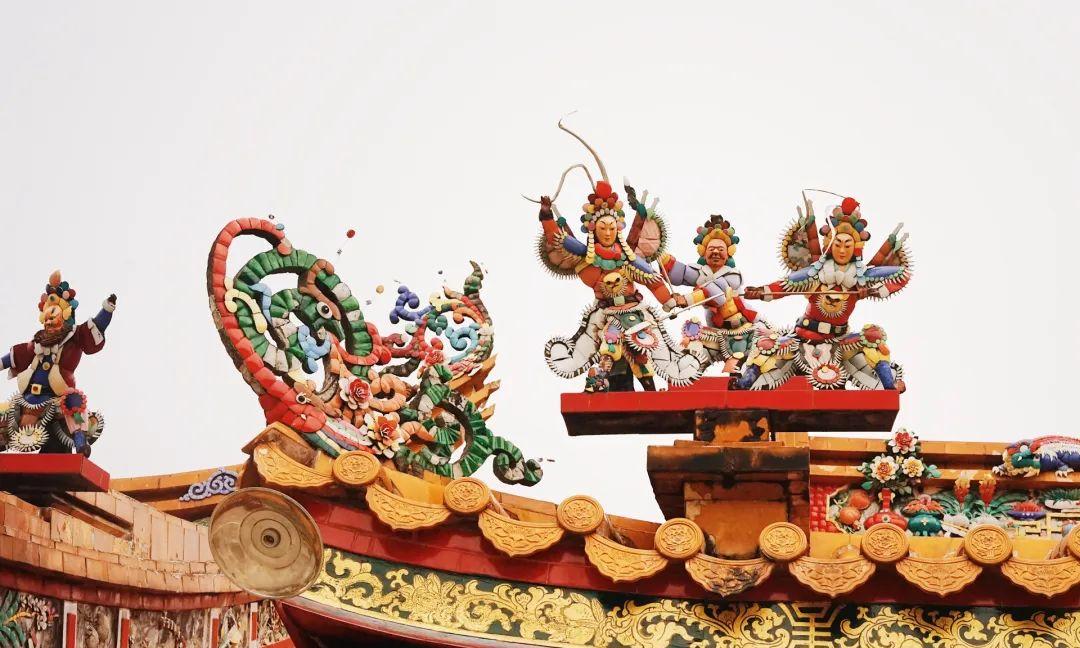
Hongyang Zhongshan Street
Zhongshan Street in Hongyang is a treasured old street in Puning City worth exploring. Built in the Ming Dynasty, it has a history exceeding 400 years and was once the most prosperous street in Hongyang Town.
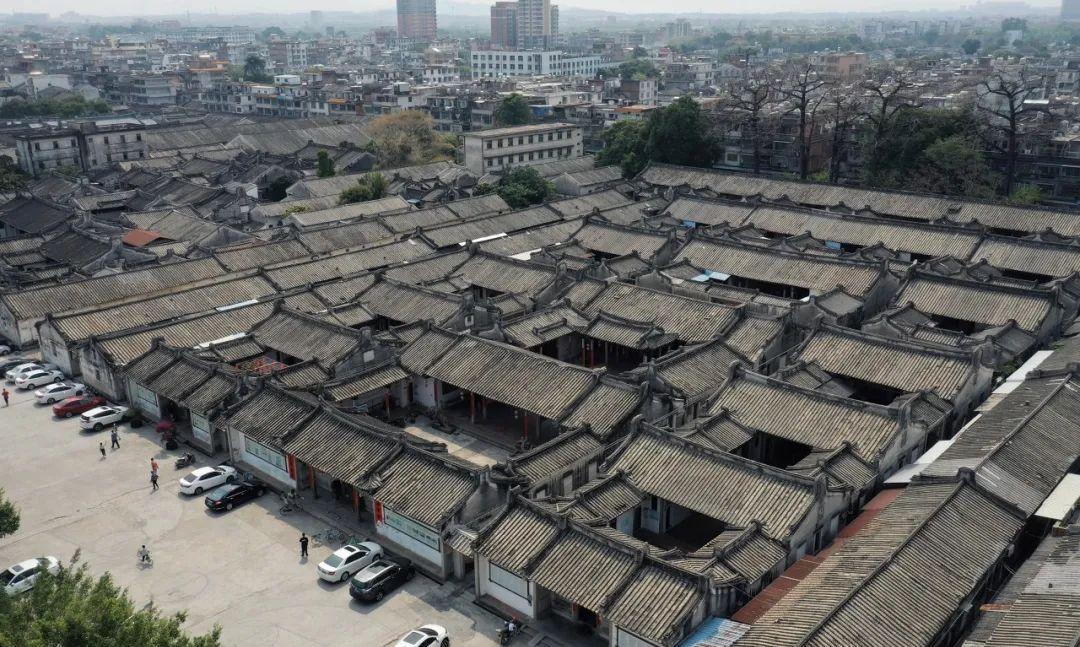
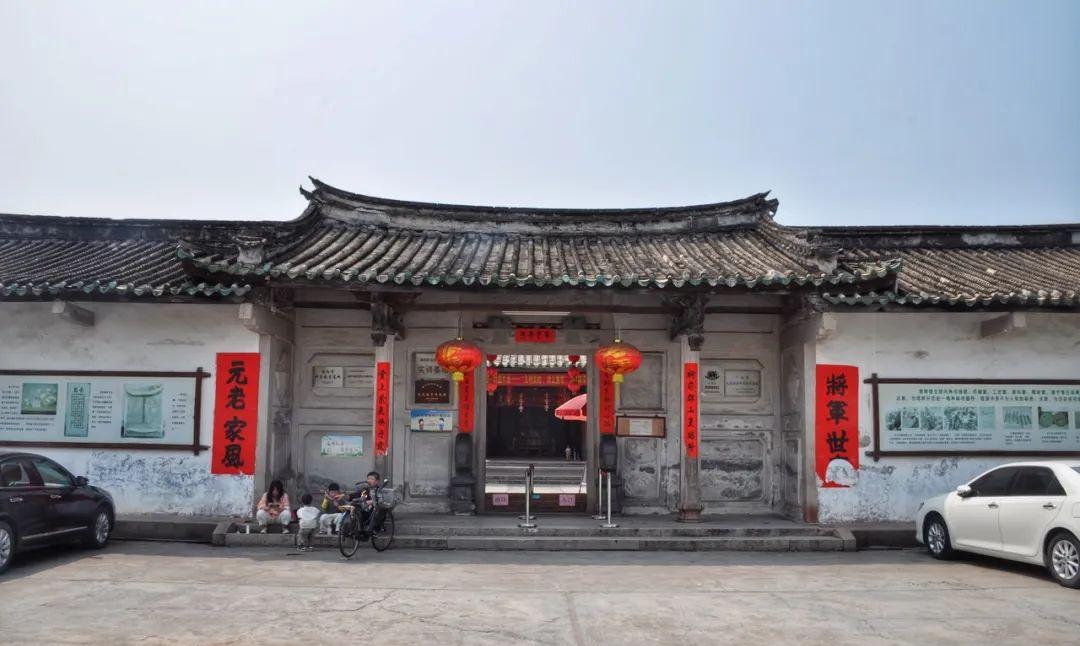
In the 1920s and 30s, to commemorate Dr. Sun Yat-sen, nearly 200 streets around the country were renamed Zhongshan Road or Zhongshan Street, including this one. This arcade-style street is only about 800 meters long, but locals converge here to purchase household items and new clothes.
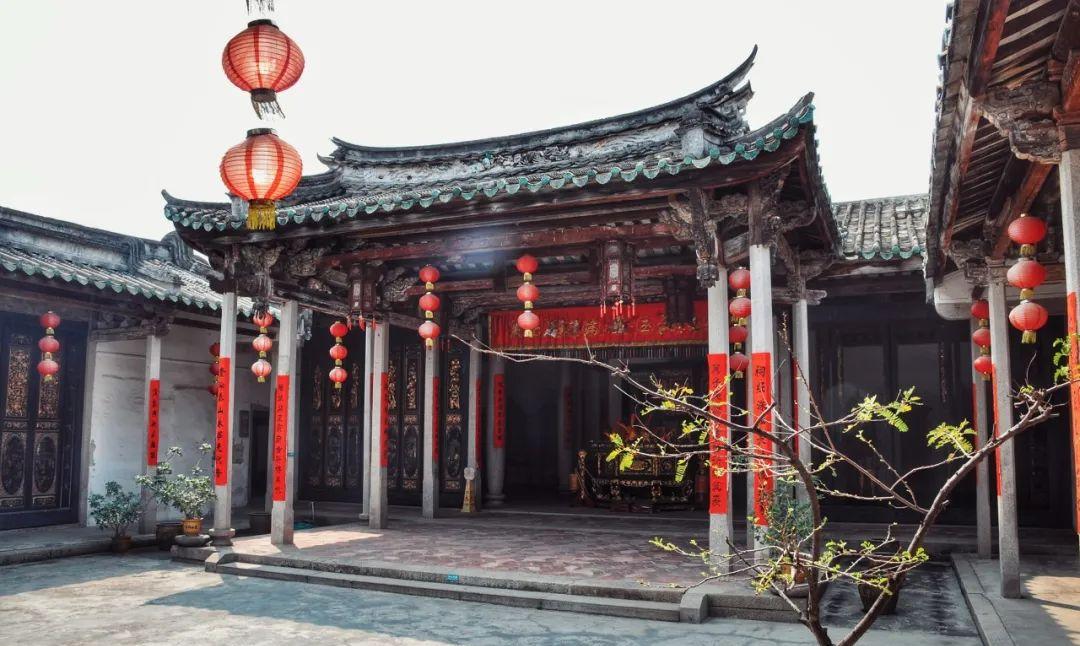
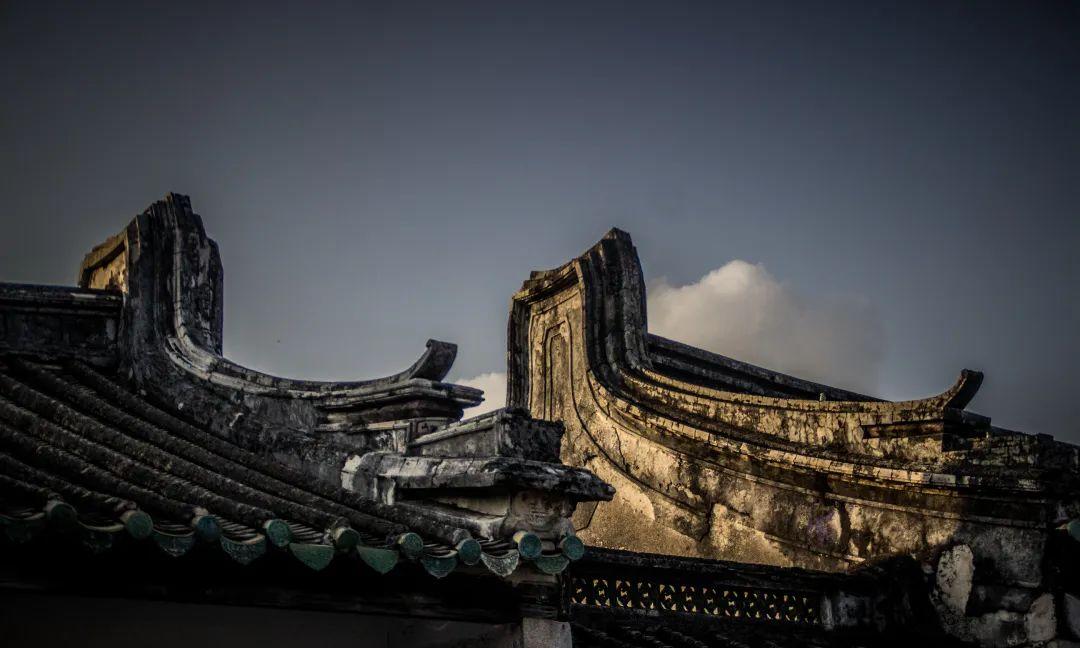
The small shops are often filled to the brim, featuring commonly used items such as rooster bowls, earthenware pots, and Teochew tea sets. Traditional crafts like custom couplets and handcrafted lanterns, increasingly rare, still find space to thrive here.
Puning City God Temple
The City God Temple in Puning, Chaoshan, is impressively grand and exquisite. Historically, the City God Temple was often the most bustling place in a city.
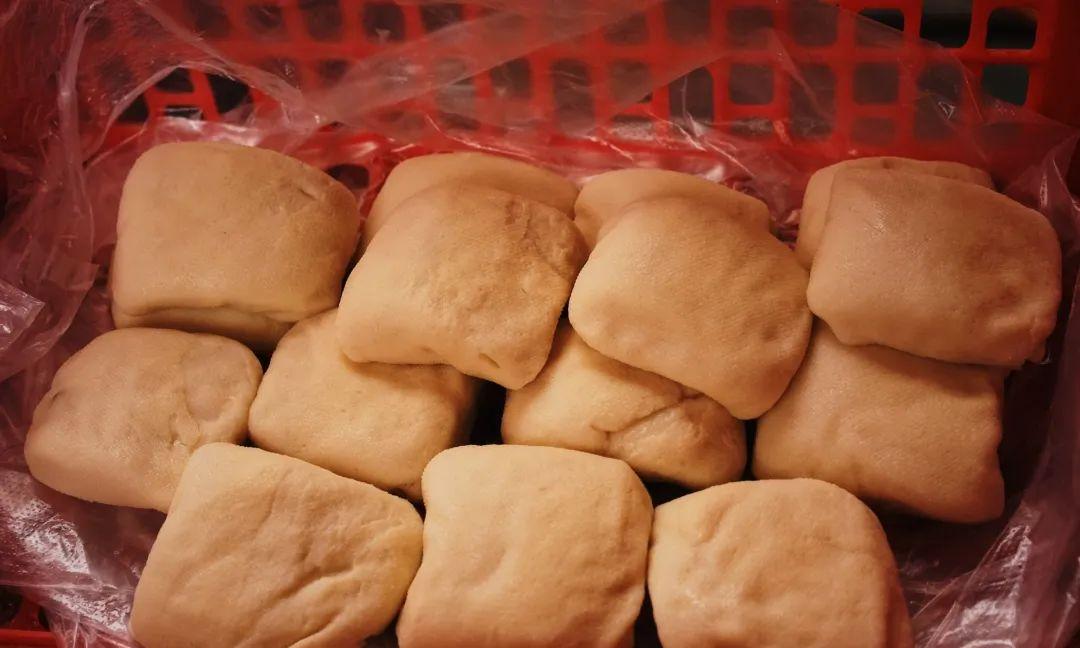
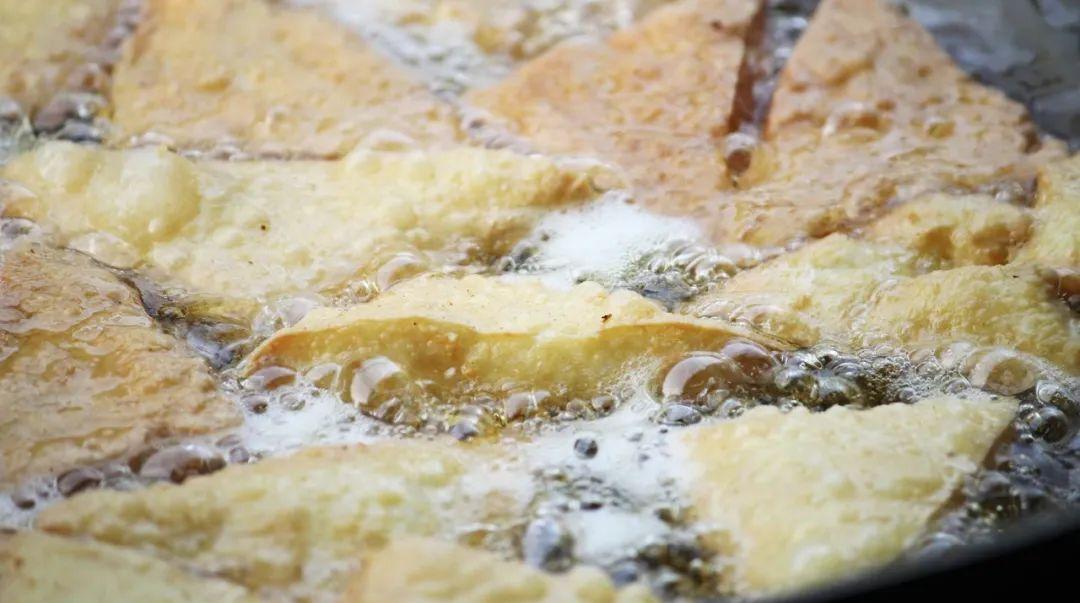
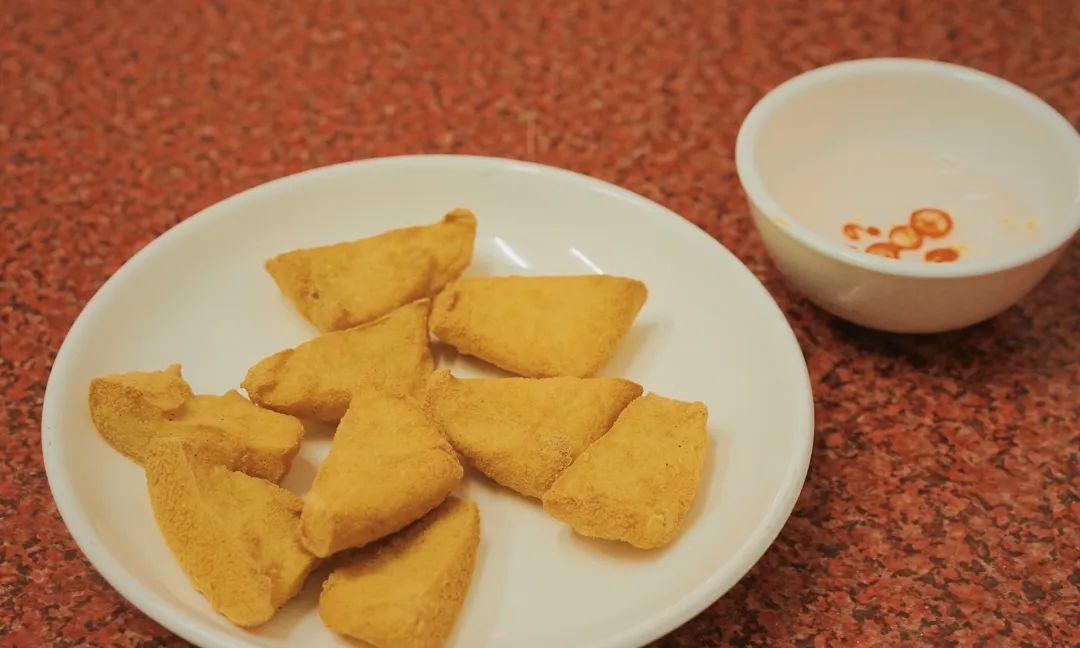
Now, stepping inside the temple, visitors can still feel the dazzling golden atmosphere. The intricate wood carvings and painted beams match, if not exceed, some of the more famous temples in the Chaoshan region.
The wooden sculptures here are complex and exquisite, with gilded paintings that are very ornate. The rooftop’s embedded porcelain adds an extra vivid touch, with some headdresses utilizing six to seven colors, creating a vibrant and eye-catching spectacle. The craftsmen must invest considerable effort to find the stories they want to convey through various colored shards of porcelain.
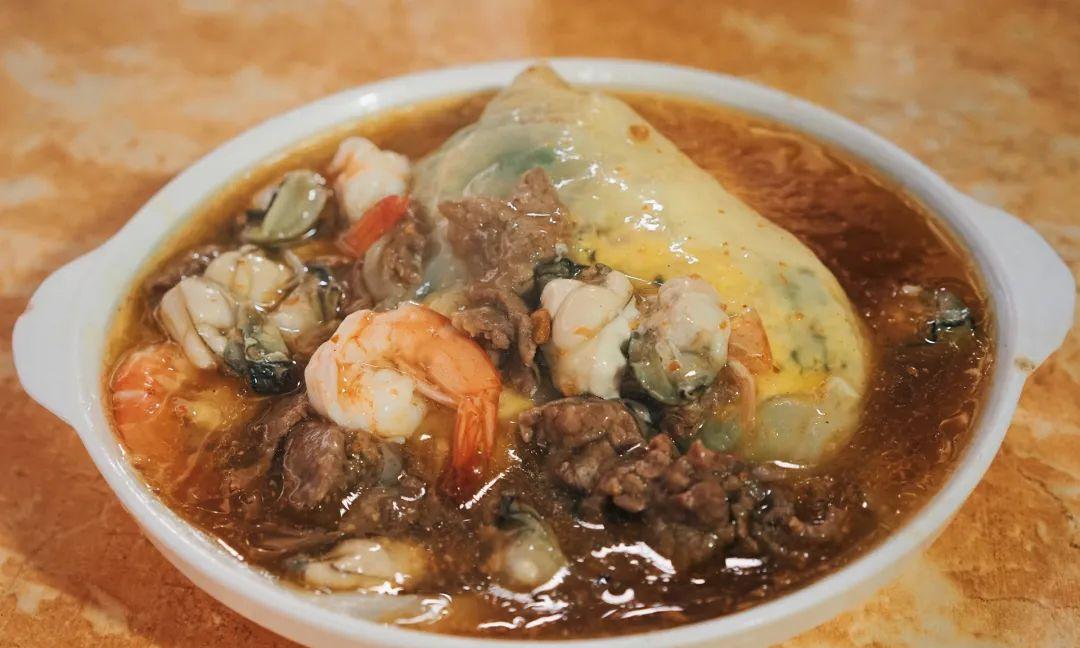
De’anli
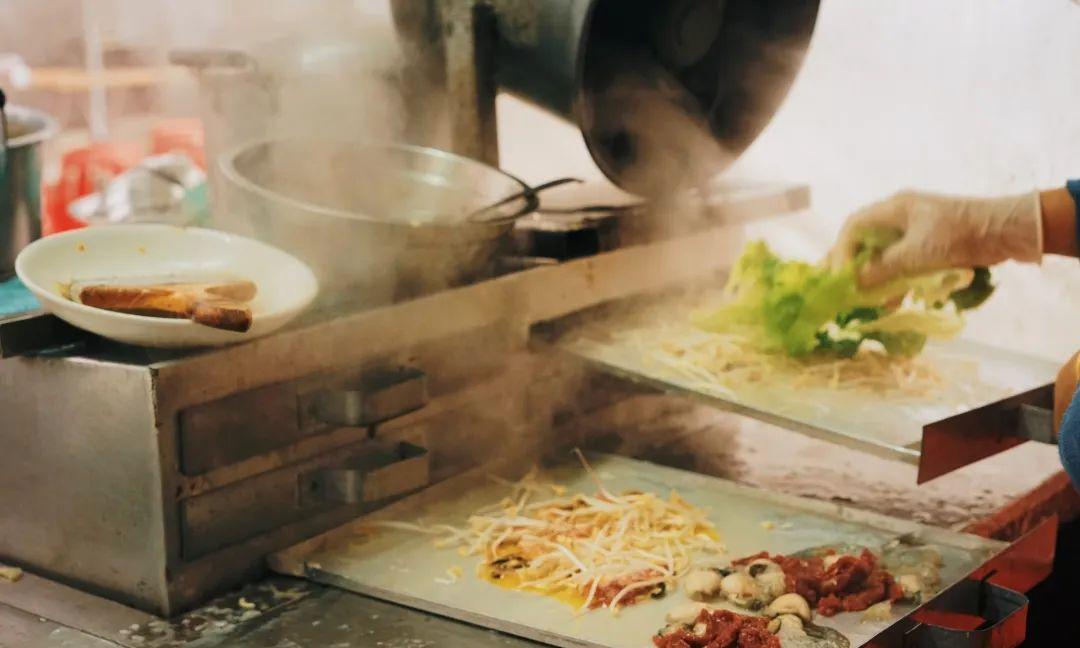
De’anli is a family compound built by Fang Yao, a naval commander in late Qing Dynasty Guangdong, along with his brothers.
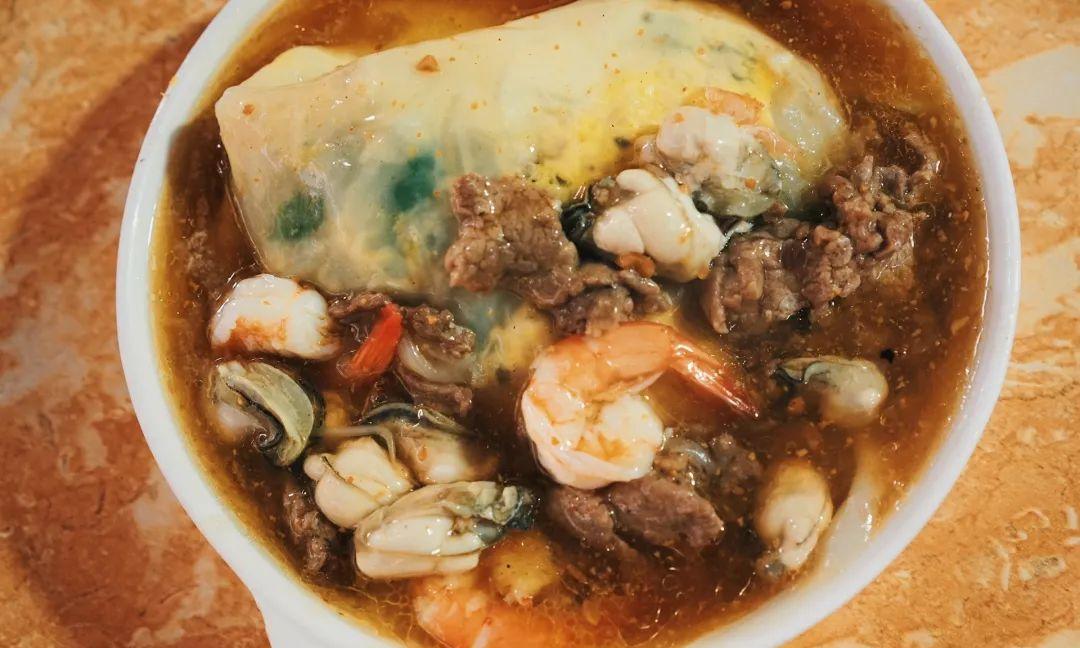
In scale, it is quite a spectacle: it is the largest existing and best-preserved compound-style residence cluster in the Chaoshan region and a rare ancient village featuring such architecture in the country.
De’anli embodies the concept of “clan living” to perfection. The entire architectural complex consists of old, middle, and new compounds, all centered around a large ancestral hall, with other buildings arranged in order around it. It showcases various styles of Chaoshan residential architecture, including ancestral halls, multi-hall layouts, five-room passages, and other distinctive structures. Friends who love ancient architecture can regard it as a “Chaoshan architectural museum.”
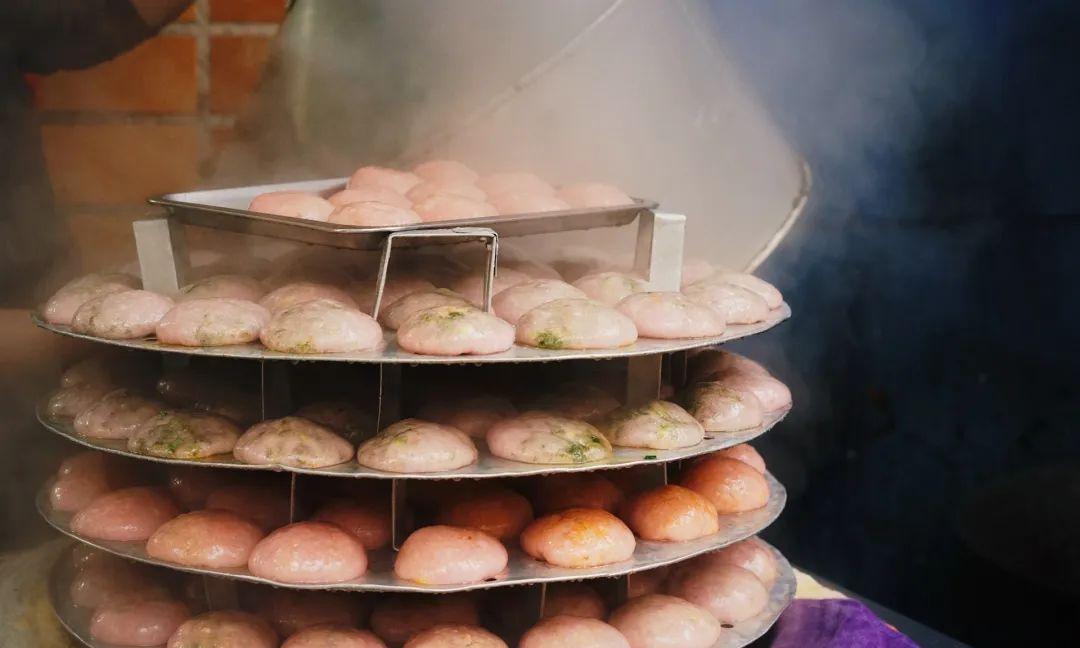
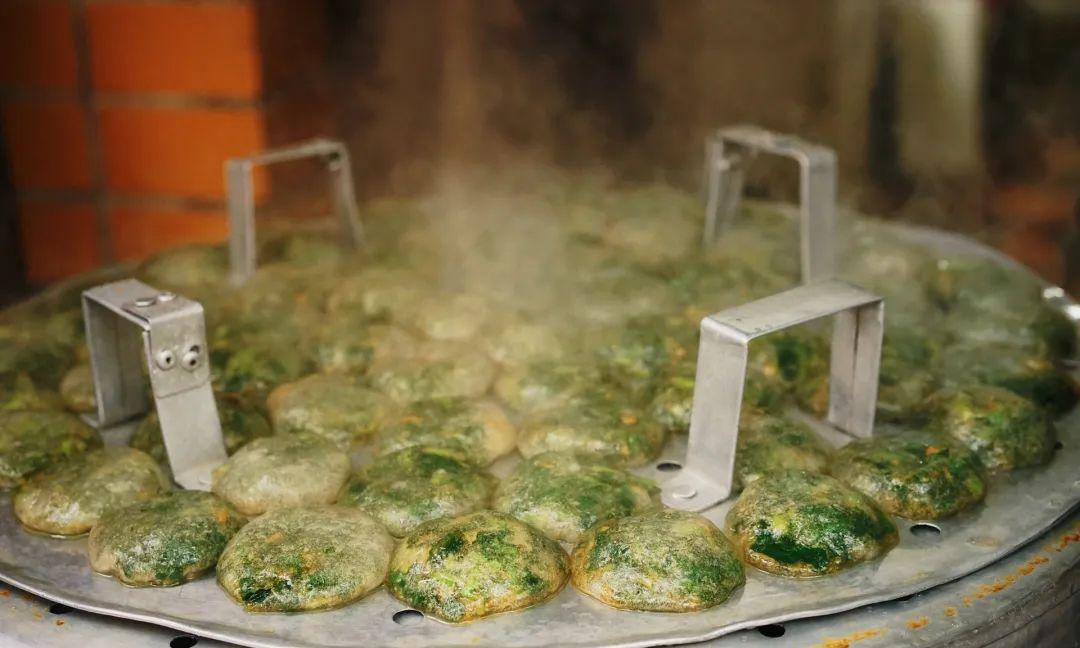
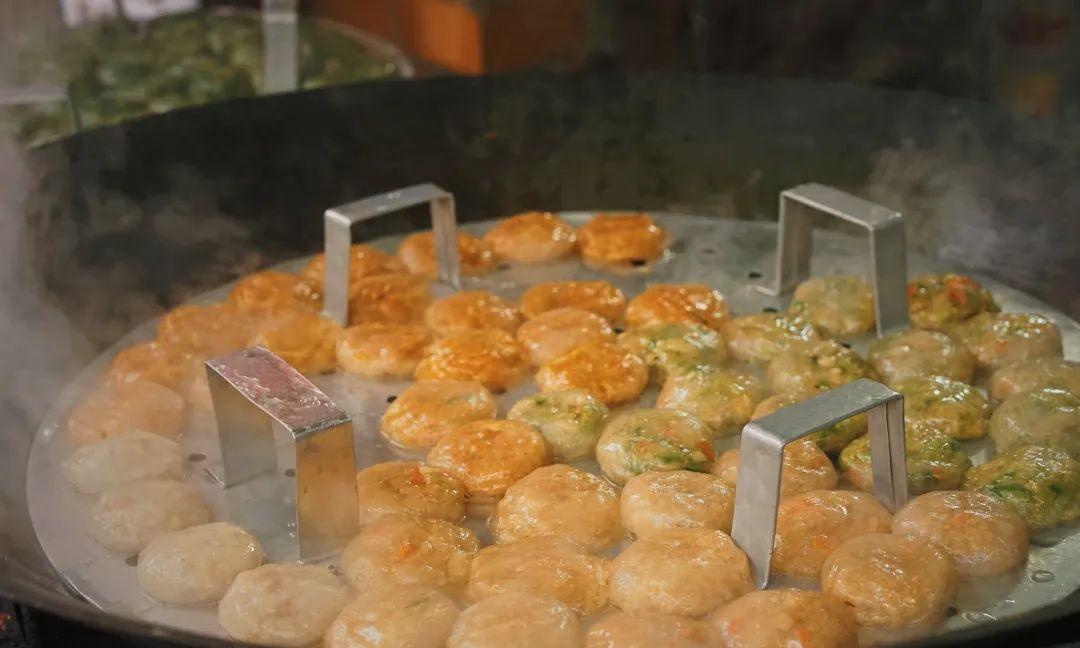
Puning Cuisine
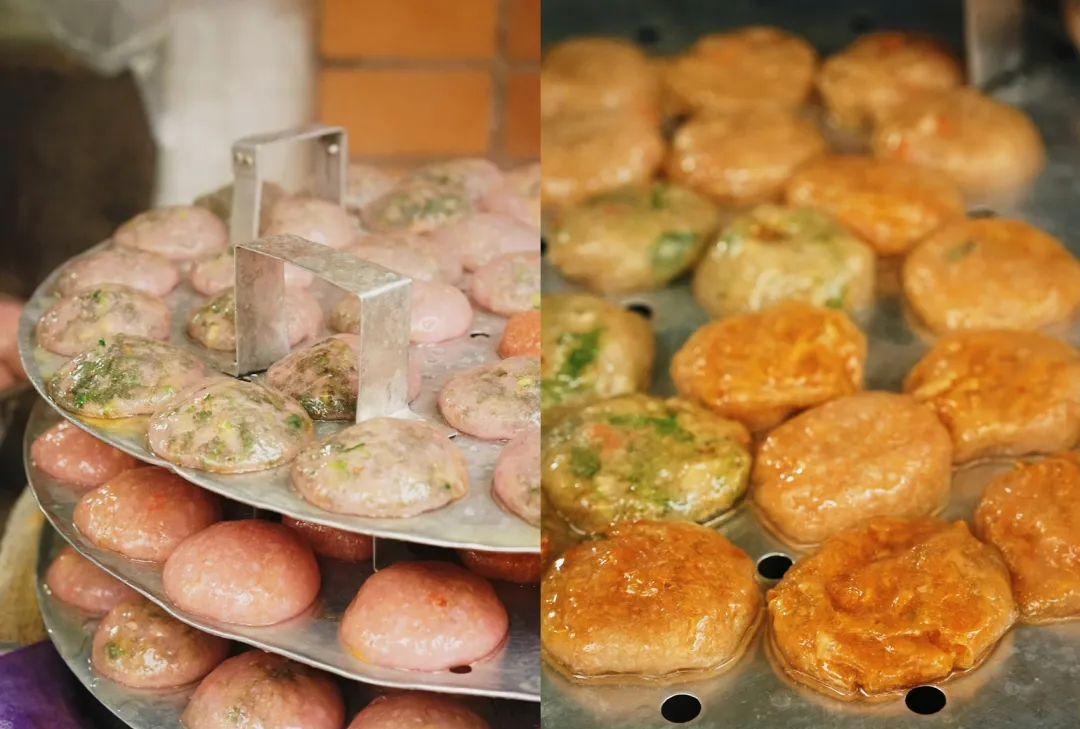
Puning may not be big, but it has its own culinary reputation. Hongyang Town, located in the ancient city area of Puning, is also the food hub of Puning, so this is where you should come to hunt for local delicacies. Here are some common Puning snacks I’d like to highlight.
Puning Fried Tofu
Though it appears to be a typical tofu dish, what Puning people produce is absolutely worth trying. Generally, after ordering, the owner will cut the square tofu in half and fry it in oil until the skin is crispy and bubbles form, then serve it up.
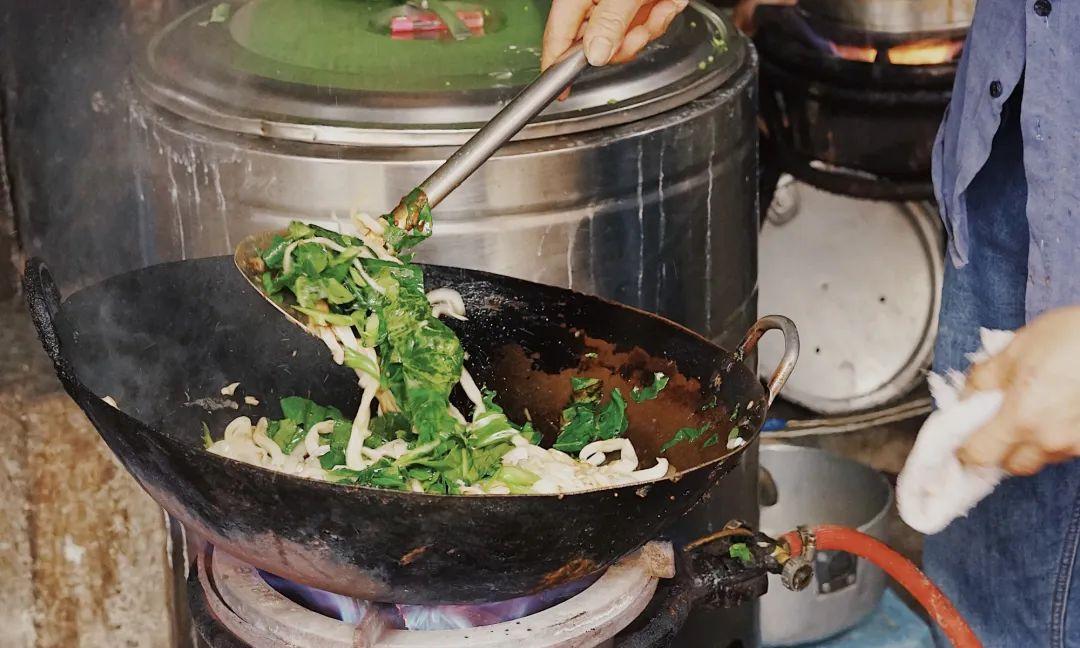
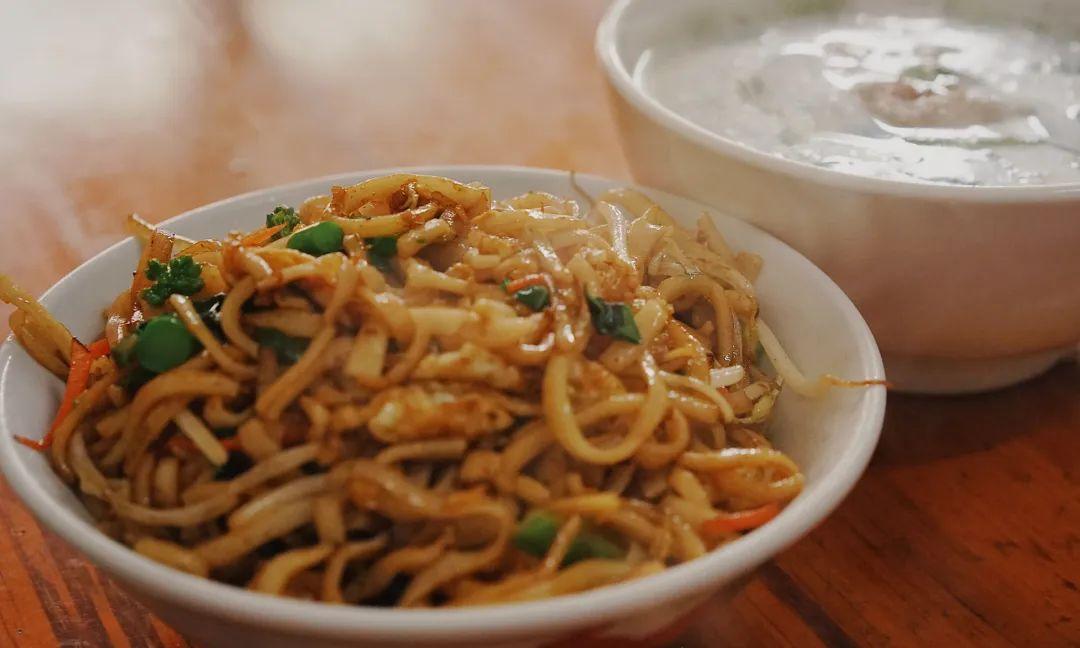
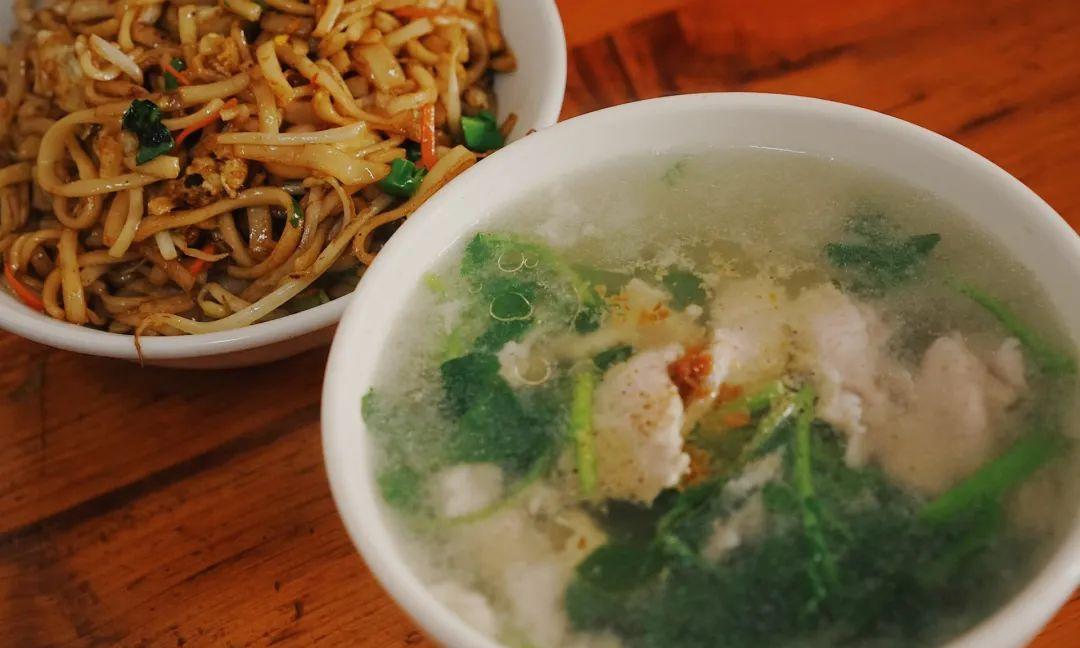
Its charm can be summed up as “crispy on the outside, tender on the inside, with a fragrant bean taste.” The exterior is usually fried to a crisp, making a satisfying crunch. However, the tofu inside remains very soft, similar to semi-solid milk.
This delightful contrast, along with the most authentic and rich bean aroma, makes it truly irresistible. Chive salt water is the most common dipping sauce, which is refreshing and primarily used to bring out the bean flavor.
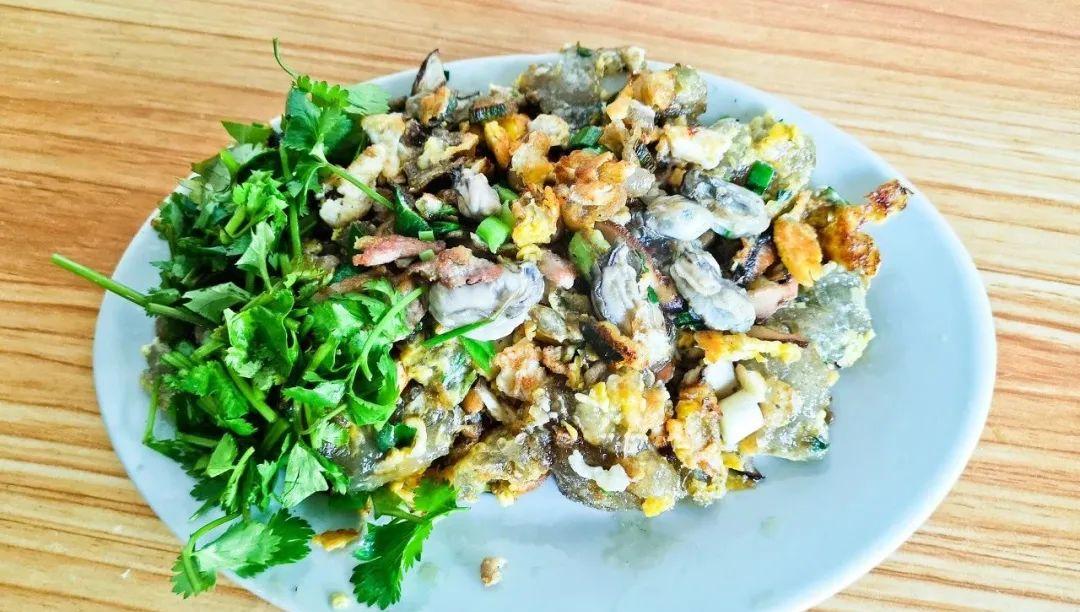
Puning Rice Noodle Roll
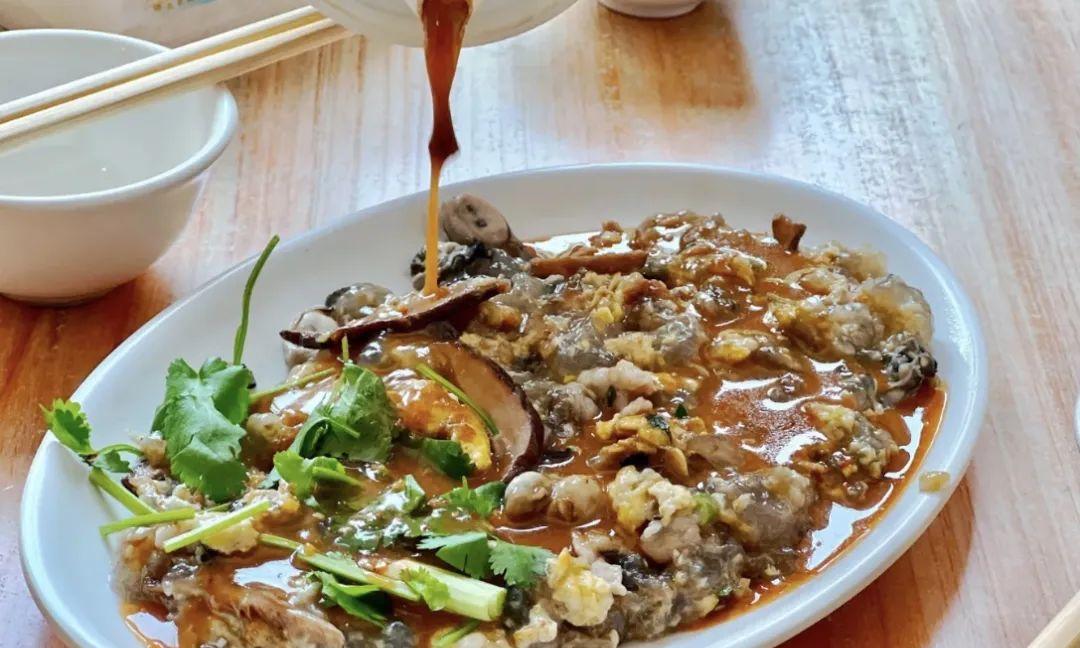
Rice noodle rolls are a typical street snack found all over Guangzhou; for around 10 yuan, you can enjoy a satisfying meal. Different regions have various interpretations of how to make it. Cantonese rice noodle rolls are delicate while Chaoshan-style rolls are more robust. Puning’s rice noodle rolls feature a thin skin and ample filling, with sauce drizzled over them, making for an abundant presentation.
The steam-filled drawers of the rice noodle shops often create an enticing atmosphere, and with a quick pull, a steaming hot plate of rice noodles is ready. Ingredients like beef, fresh shrimp, or oysters can serve as delectable accompaniments, allowing you to order a luxurious platter of rice noodle rolls.
I particularly enjoy that generous spoonful of rich sauce at the end, which can envelop every ingredient for a full-bodied taste, intensifying the salty and savory flavors to the max.
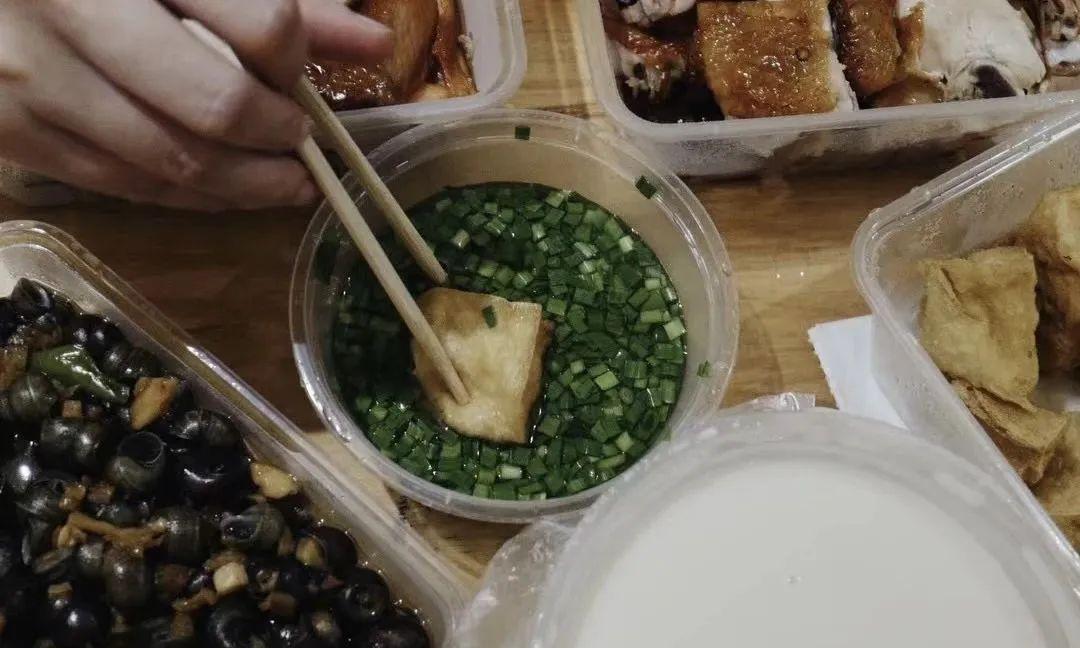
Recommended Venue:
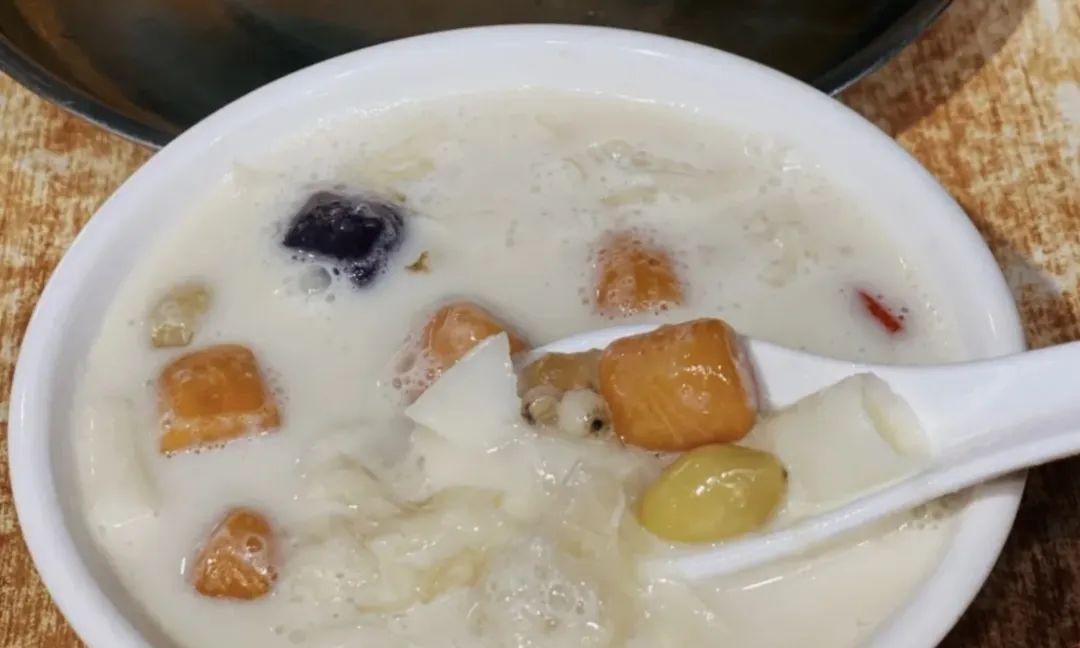
Yan Ji Rice Noodle (Fangcaoyuan Store): A hidden gem in an alley that serves very authentic Puning rice noodle rolls, it’s a daily spot for the locals, although the environment is rather average.
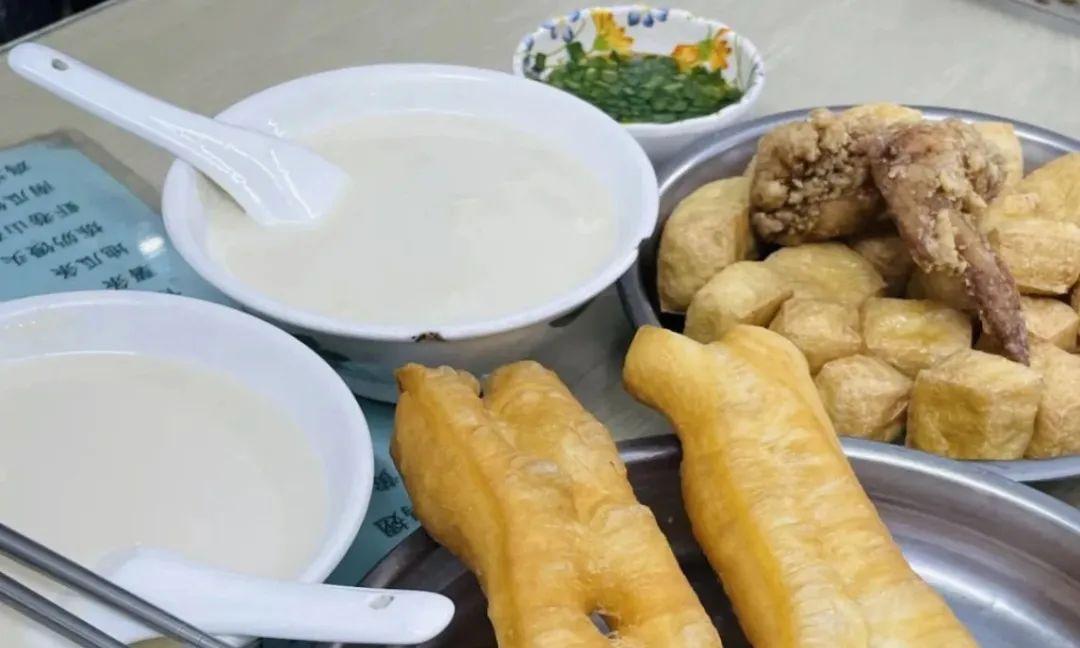
Rice Cakes
The existence of rice cakes is what made me fall in love with traditional pastries. The rice cake skins in Puning use sweet potato flour, becoming translucent after steaming.
Puning’s rice cake skins are very light, almost like a thin layer of gauze, allowing you to see the diverse fillings wrapped inside easily. The chive rice cake is a basic version, with variations including red bean paste, taro, pumpkin, cabbage, bamboo shoots, and more.
Colorful rice cakes in yellow, green, and pink arranged together in the steamer create a visually appealing presentation. Although the cake skins are thin, they are quite elastic, offering a chewy texture. Coupled with fresh fillings, it’s easy to indulge in several pieces.
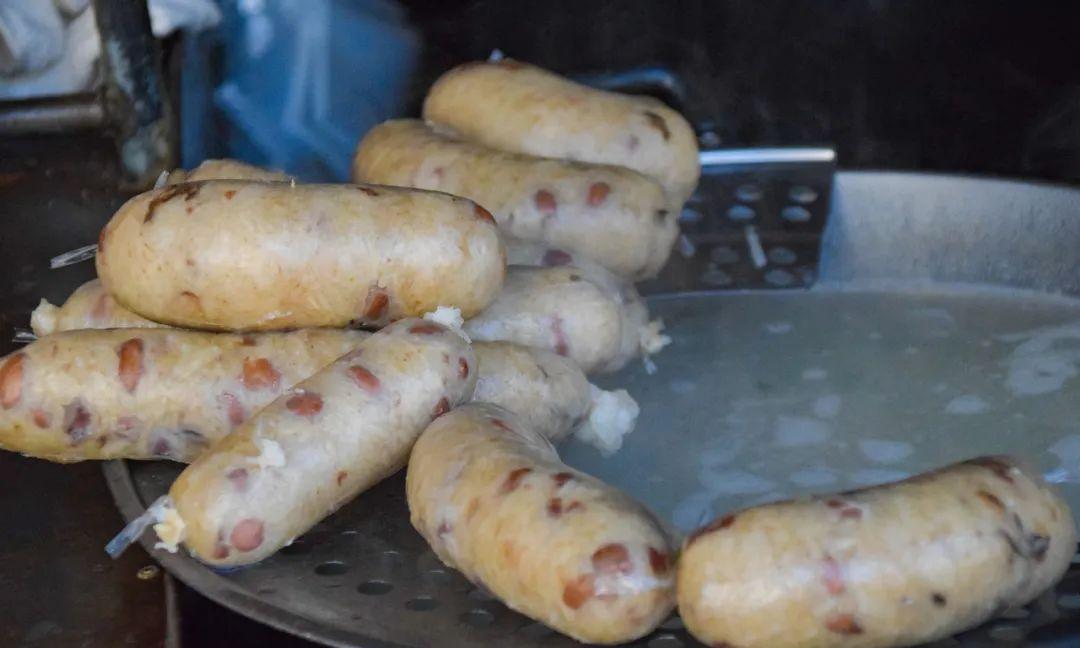
Recommended Venue:
Puhong Rice Cake Shop: You can buy various flavors here, all priced at 1 or 2 yuan, making it affordable to eat until you’re satisfied.
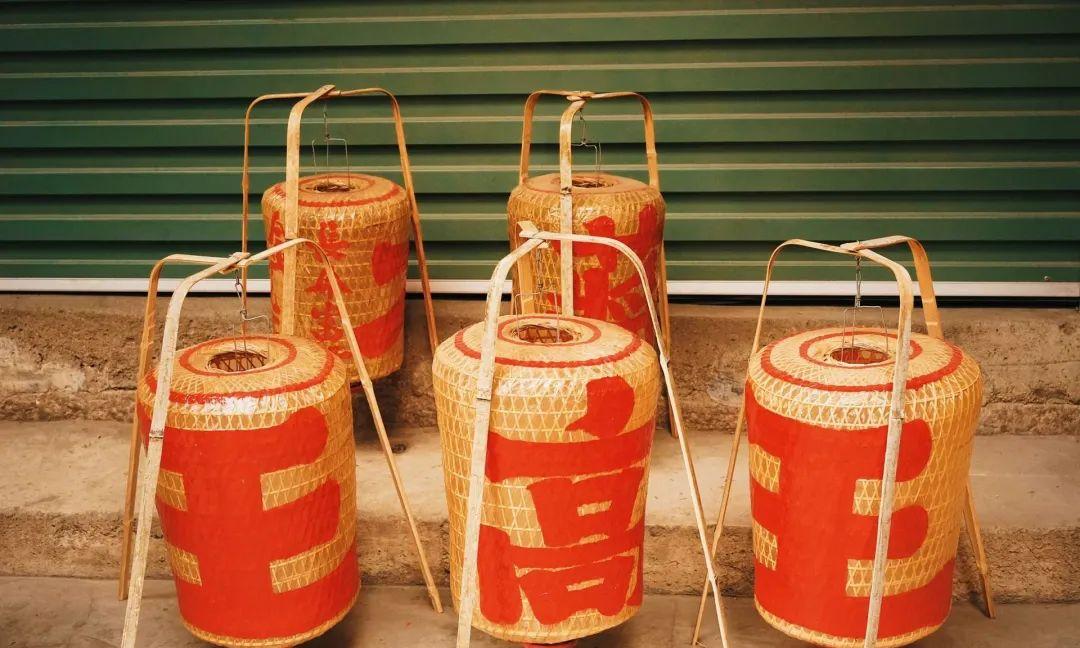

Hongyang Stir-Fried Rice Noodles
Another way to enjoy rice is by turning it into rice noodles. Just as Northerners eat wheat noodles, Puning people have invented numerous ways to enjoy rice cakes. The preparation of stir-fried rice noodles is not complex but emphasizes wok hei. A bowl of white rice noodles is quickly stir-fried in a hot wok along with your choice of sauces until completely coated.
When served in a bowl, the hot steam wafting up is incredibly fragrant. If you find the stir-fried noodles a bit dry, you can order a bowl of soup as well. A bowl of fresh Yi Mu Cao pork soup is a staple for Chaoshan locals and a common pairing.

